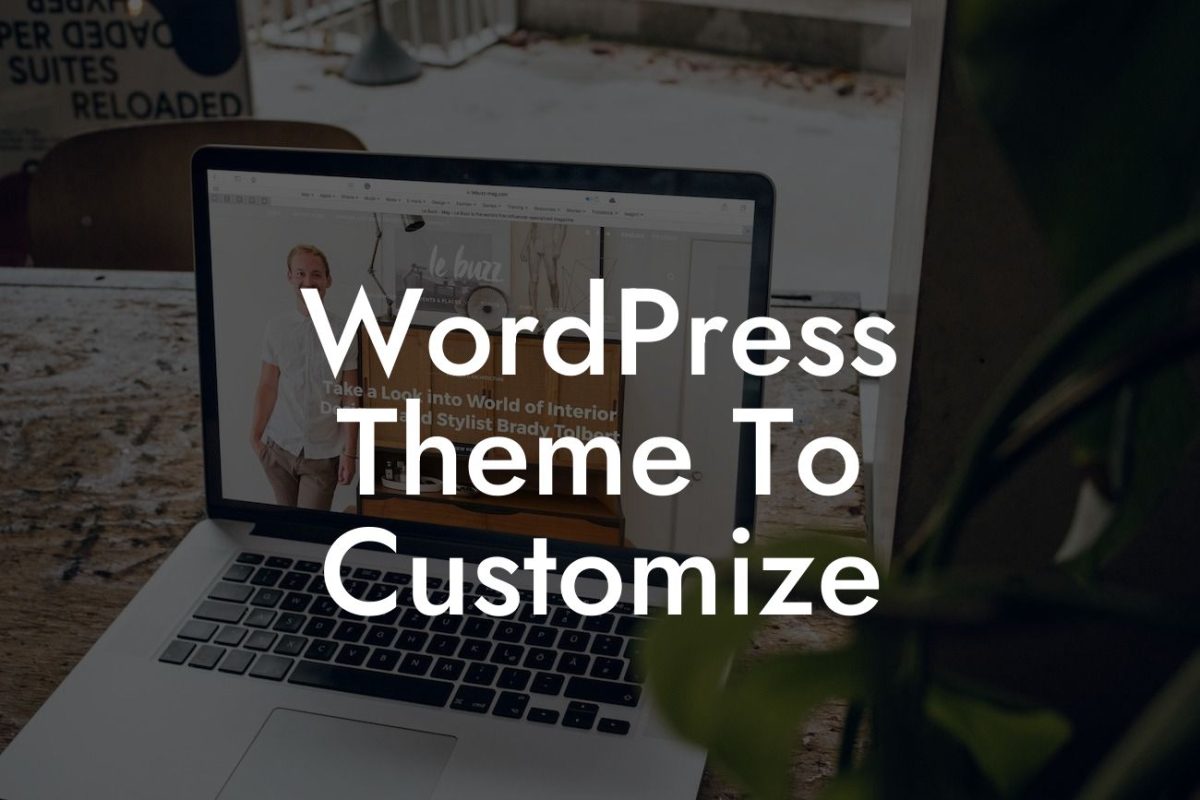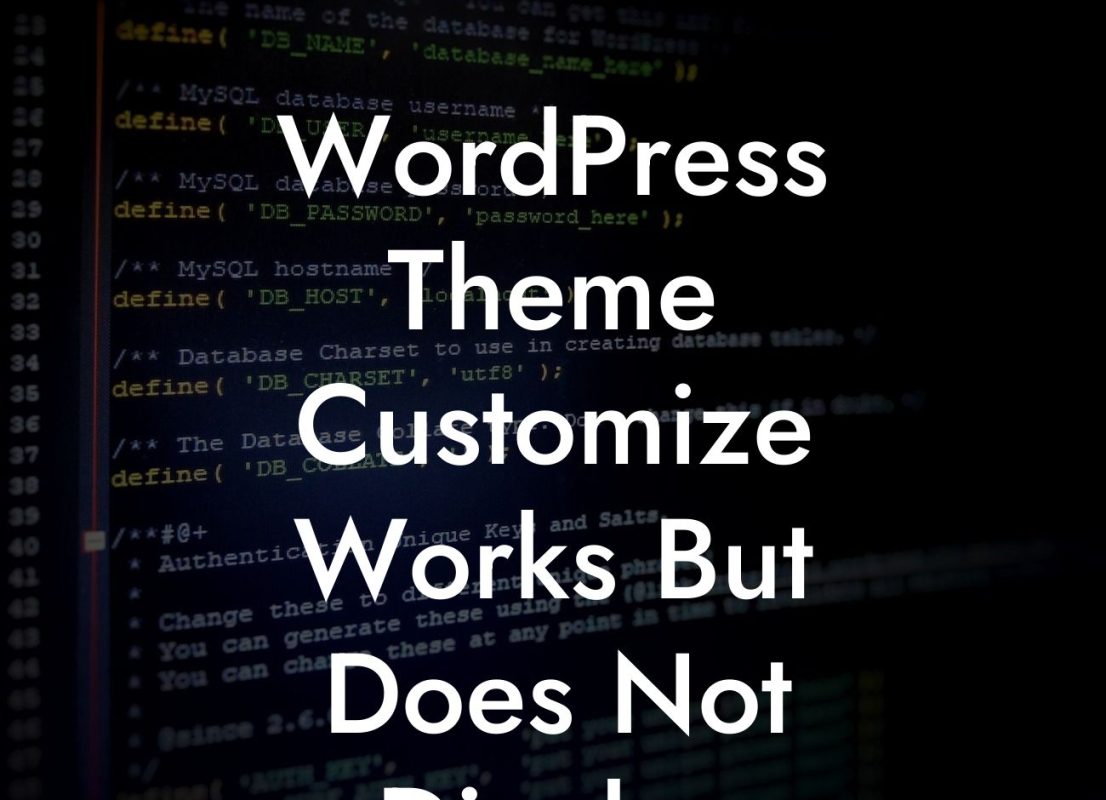In today's digital age, having a strong online presence is vital for the success of small businesses and entrepreneurs. One effective way to boost your online presence and connect with your audience is through email marketing. And when it comes to email marketing platforms, Mailchimp is a popular choice for its user-friendly interface and powerful features. In this article, we will guide you through the process of connecting WordPress to Mailchimp, enabling you to harness the power of email marketing for your business.
To seamlessly connect WordPress to Mailchimp, follow these simple steps:
1. Set up a Mailchimp account:
Before integrating Mailchimp with your WordPress website, you'll need to create a Mailchimp account. Visit the Mailchimp website and sign up for an account using your business email.
2. Install the Mailchimp for WordPress plugin:
Looking For a Custom QuickBook Integration?
In your WordPress dashboard, navigate to "Plugins" and click on "Add New." Search for the Mailchimp for WordPress plugin, install it, and activate it. This plugin will serve as a bridge between your WordPress website and Mailchimp.
3. Connect the plugin to your Mailchimp account:
Once the plugin is activated, go to "Mailchimp for WP" in your WordPress dashboard. Click on the "Connected Sites" tab and select "Connect with an API key." Follow the prompts to connect the plugin to your Mailchimp account.
4. Create a Mailchimp audience and add a sign-up form to your website:
In your Mailchimp account, navigate to "Audience" and create a new audience. Customize your audience settings and add fields relevant to your business. Next, go back to the plugin settings in your WordPress dashboard and select the audience you just created. You can now add a sign-up form to your website using the provided shortcode or widget.
5. Customize the design of your sign-up form:
To ensure a seamless integration with your WordPress website, customize the design of your Mailchimp sign-up form. You can make use of the various form design options available within the plugin settings.
How To Connect Wordpress To Mailchimp Example:
Let's say you run an online store selling handmade jewelry. By connecting WordPress to Mailchimp, you can leverage email marketing to promote your latest collections, exclusive discounts, and engage with your customers. With a well-designed sign-up form on your website, visitors can easily subscribe to your newsletter, and Mailchimp will automatically add them to your designated audience, simplifying your email marketing efforts.
Congratulations! You have successfully connected WordPress to Mailchimp, opening up endless possibilities for your business growth. Utilize the power of email marketing to nurture relationships with your audience, drive conversions, and expand your reach. Don't forget to explore other informative guides on DamnWoo to further elevate your online presence. Also, check out our range of awesome WordPress plugins to supercharge your success. Share this article with others who can benefit from this valuable information and watch your small business thrive.













